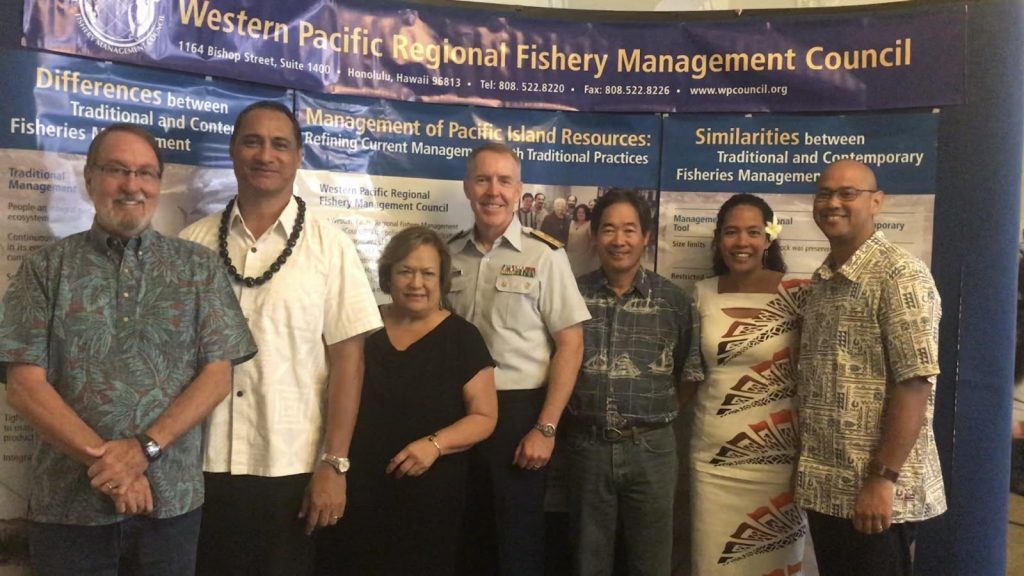August 26, 2021 — The following was released by the Western Pacific Regional Fishery Management Council:
The 187th meeting of the Western Pacific Regional Fishery Management Council will convene September 21-23, 2021, by web conference (Webex) with host sites at the following locations:
- Tedi of Samoa Building, Suite 208B, Fagatogo Village, American Samoa
- Cliff Pointe, 304 W. O’Brien Drive, Hagatña, Guam
- BRI Building, Suite 205, Kopa Di Oru St. Garapan, Saipan, CNMI
The Webex link is https://tinyurl.com/187CouncilMtg (if prompted, enter event number: 177 946 5402; password: CM187mtg).
The Council will consider and may take action on the issues summarized below, including any public comments on them. Written public comments on final action items should be received by the Council’s executive director by 5 p.m. (HST), Friday, September 17, 2021, by postal mail, fax or email as indicated below.
Instructions for connecting to the Webex and providing oral public comments during the meeting will be posted on the Council website at https://www.wpcouncil.org/event/187th-council-virtual-meeting.

